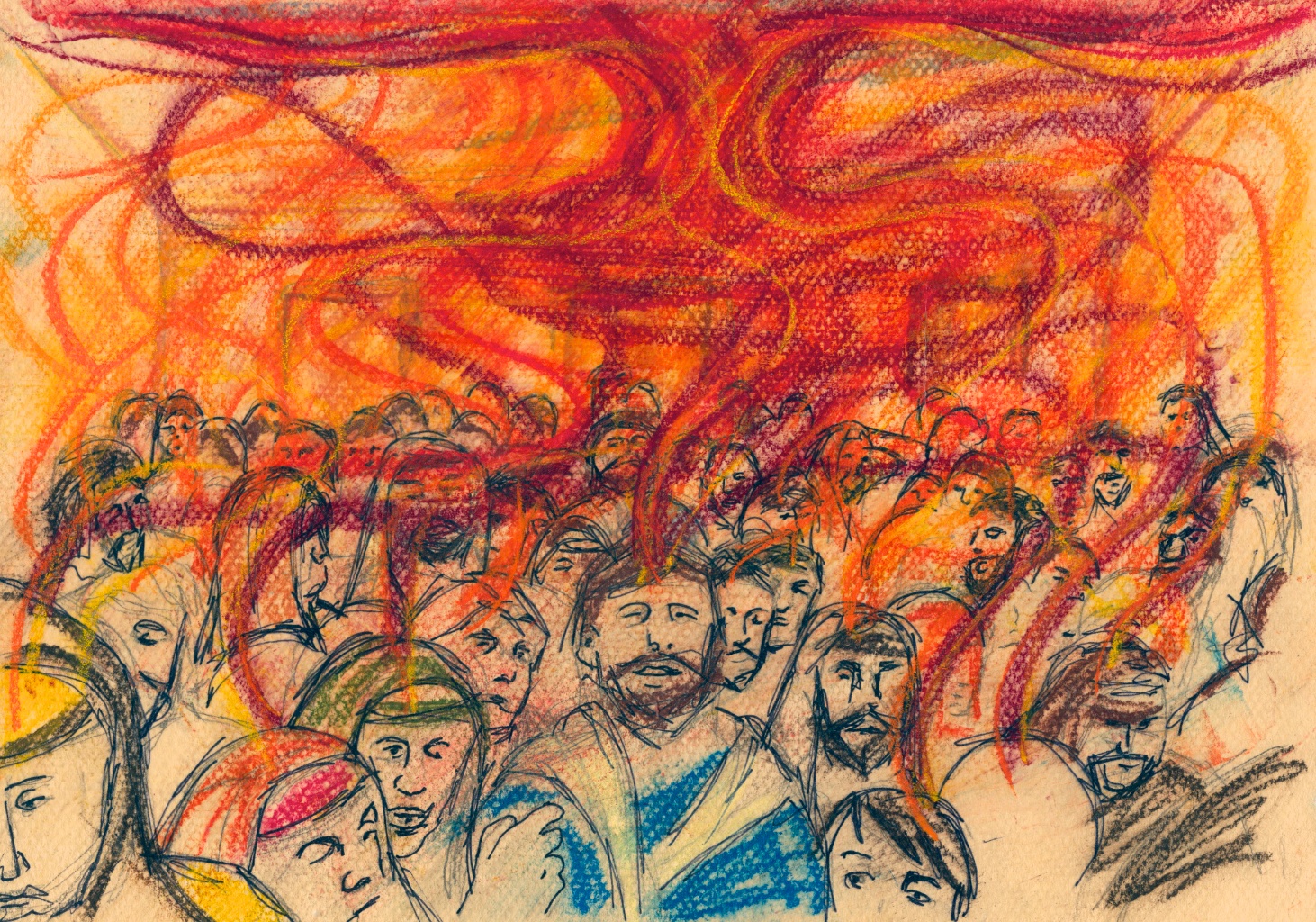
The Christian festival of Pentecost is one of the three great festivals celebrated by the church each year, alongside Christmas and Easter. It tells the story of God’s Spirit being poured out on Jesus’ followers and how this experience and its aftermath was decisive in forming the new movement that we know today as the church.
God’s Spirit is imagined in different ways in the Bible. In the first reference – in the opening verses of the very first book of Genesis – the Spirit is the wind or breath of God moving over the waters. If we fast forward to the start of Jesus’ ministry, the Spirit descends on Jesus at his baptism in the form of a dove. In the Gospel of John, Jesus speaks of the coming Spirit as the Advocate or Helper, the presence of God drawing alongside God’s people to bring comfort. At Pentecost, the outpouring of God’s Spirit is marked by wind and fire and the immediate response of God’s people to praise God in various languages.
So it is hard to tie down the Spirit to a single image or role, which is not really very surprising, as the Spirit is the essence and presence of God alive and at work in the world, even before creation.
An interesting question to consider is whether the Spirit’s role is more to provide peace and comfort (as suggested in the Gospel of John) or whether to disturb the peace (as suggested in the story of Pentecost). Most of us would probably prefer the option of bringing peace, yet often in the Bible the Spirit seems to do the opposite, stirring up people to speak or act for God.
May God’s Spirit move among us afresh today, bringing peace where there is conflict and suffering but also disturbing the peace where we have grown too comfortable with the status quo. Come, Holy Spirit, to bring life and hope!



